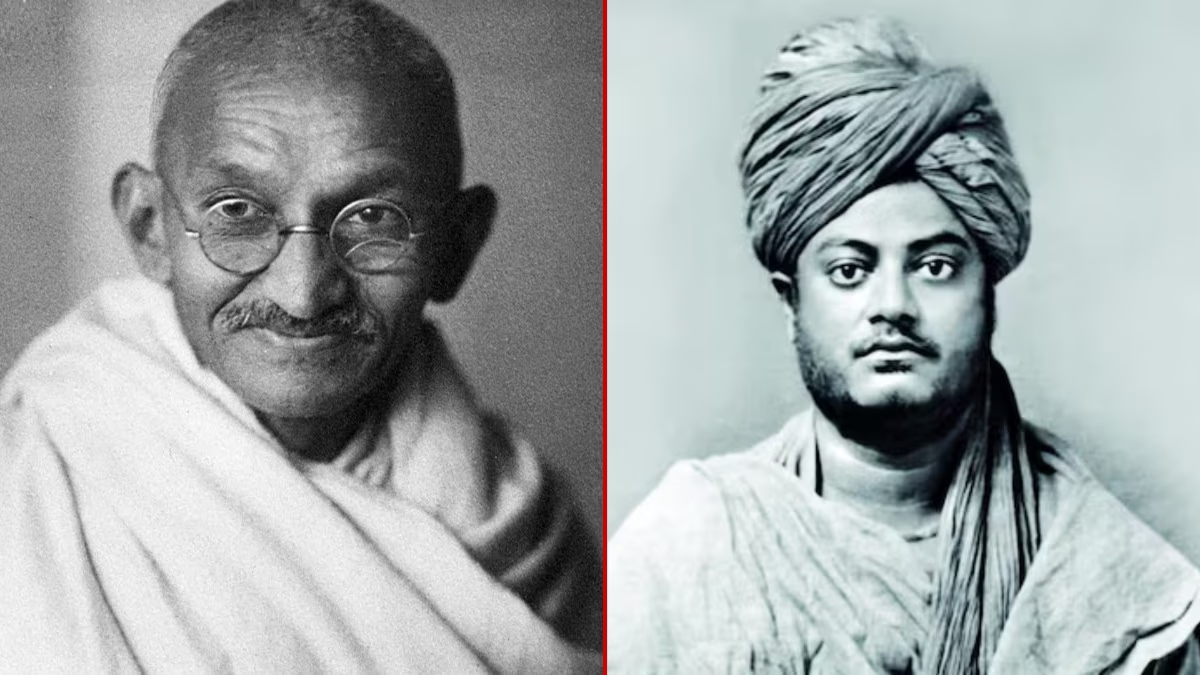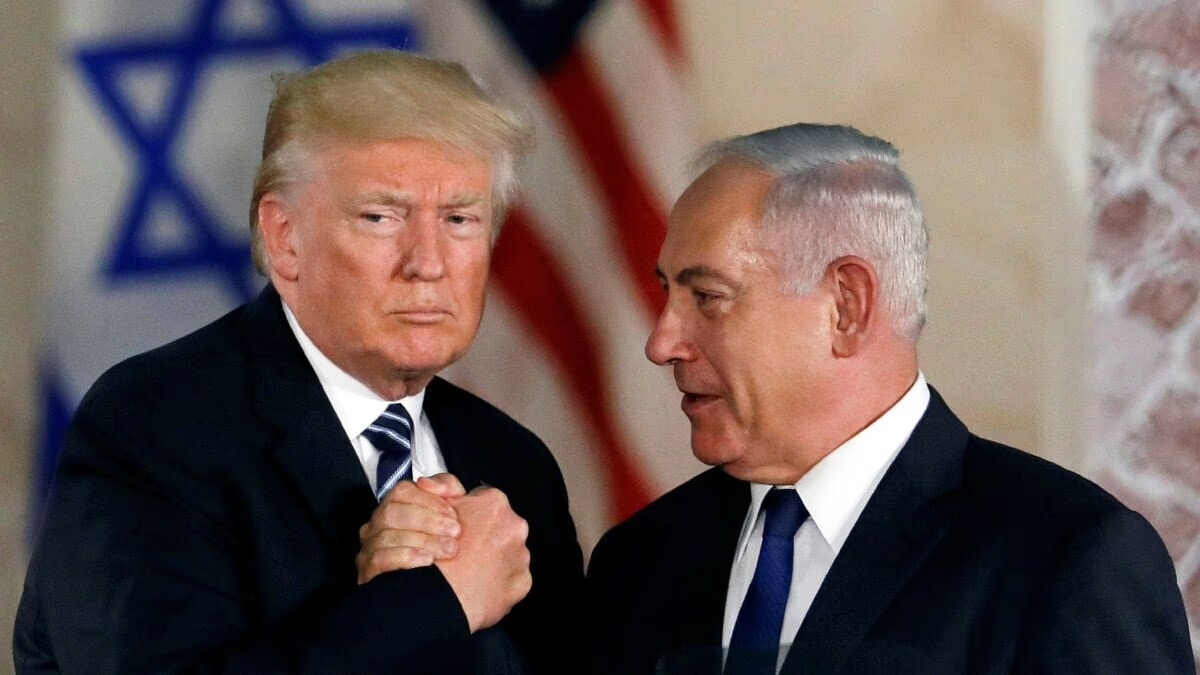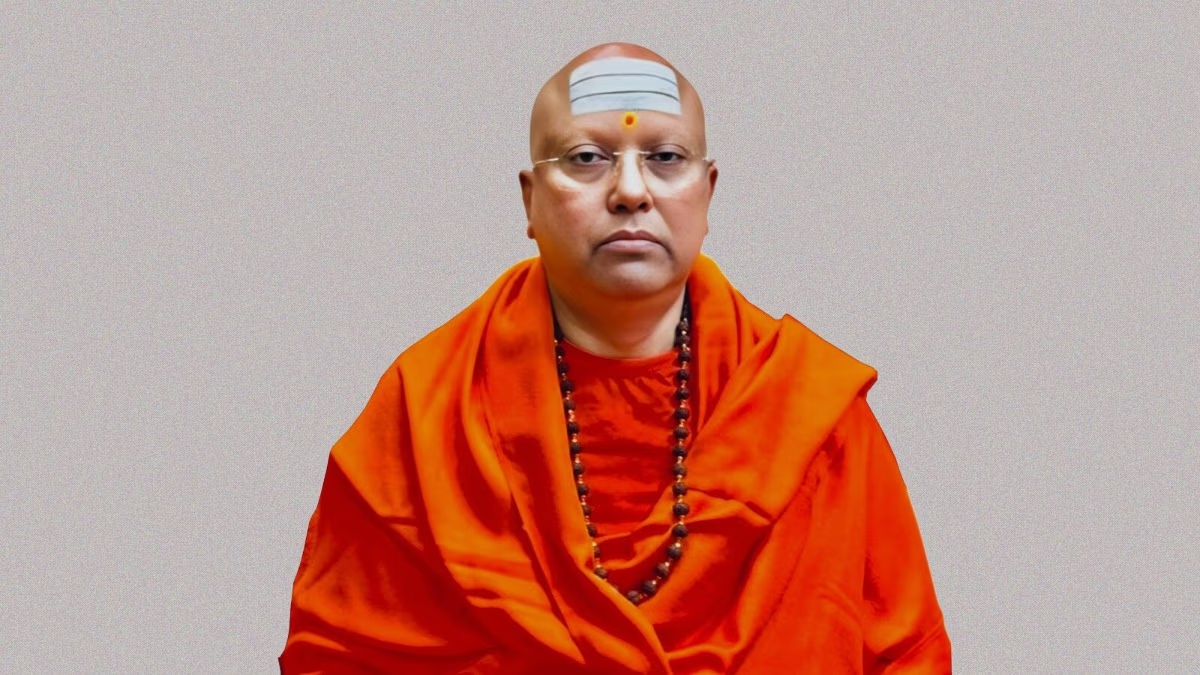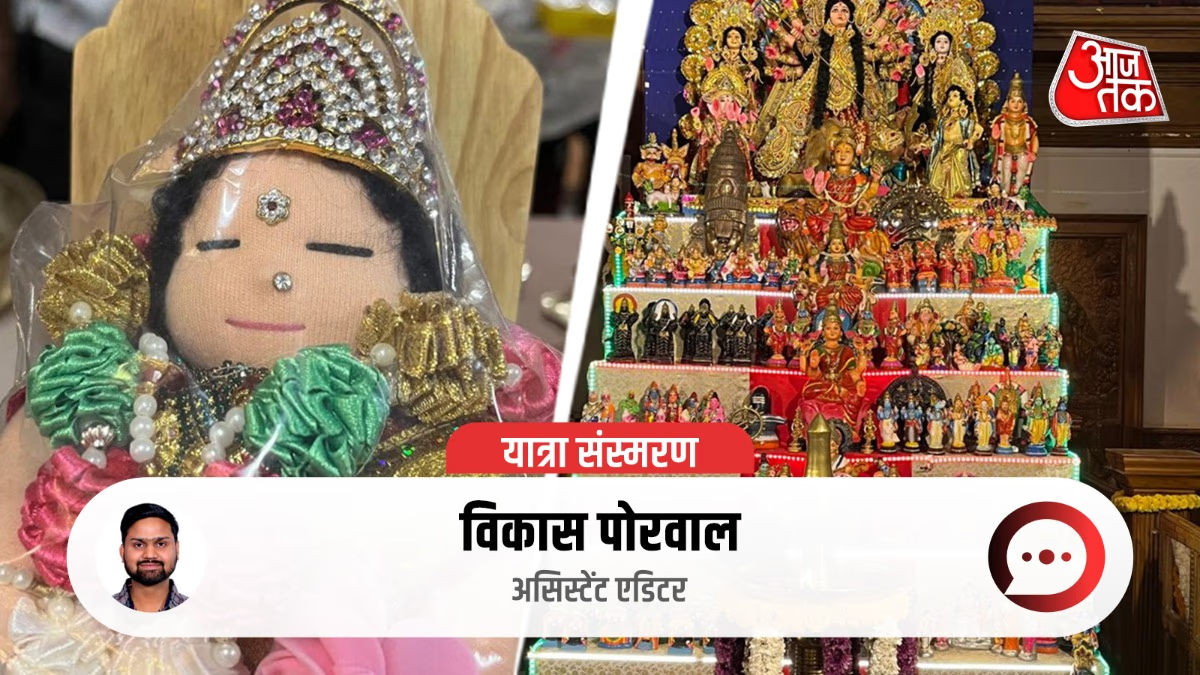...They were not inhabitants of different worlds or eras but were like two poles of one galaxy, incomplete without each other. Both were symbols of an awakened, strong, and resilient India. They were masters in their respective fields. Their births were only six years apart. One was a freedom fighter, the other a shining star in the world of religion and philosophy...
We are talking about Swami Vivekananda and Mahatma Gandhi. Swami Vivekananda was born in 1863, while Mahatma Gandhi was born in 1869. They set out on different paths over time; one introduced Western society to Indian wisdom, while the other spread the ideology of democracy throughout India, inspiring a craving for independence in a colonized nation and giving voice to revolutionary sentiments. Yet, apart from the socio-religious and political revolution, there was another element binding these icons - spiritual strength, in which both were accomplished. However, did these two great figures ever meet face-to-face?
Mahatma Gandhi recollects this period in his autobiography 'My Experiments with Truth'. At that time, Gandhi had returned to India after practicing satyagraha in South Africa. Few in India were familiar with Gandhi back then. He joined Congress alongside his political guru Gopal Krishna Gokhale and arrived at the Kolkata Congress session in 1901. When he reached Kolkata, his intense desire was to meet a learned personality like Swami Vivekananda.
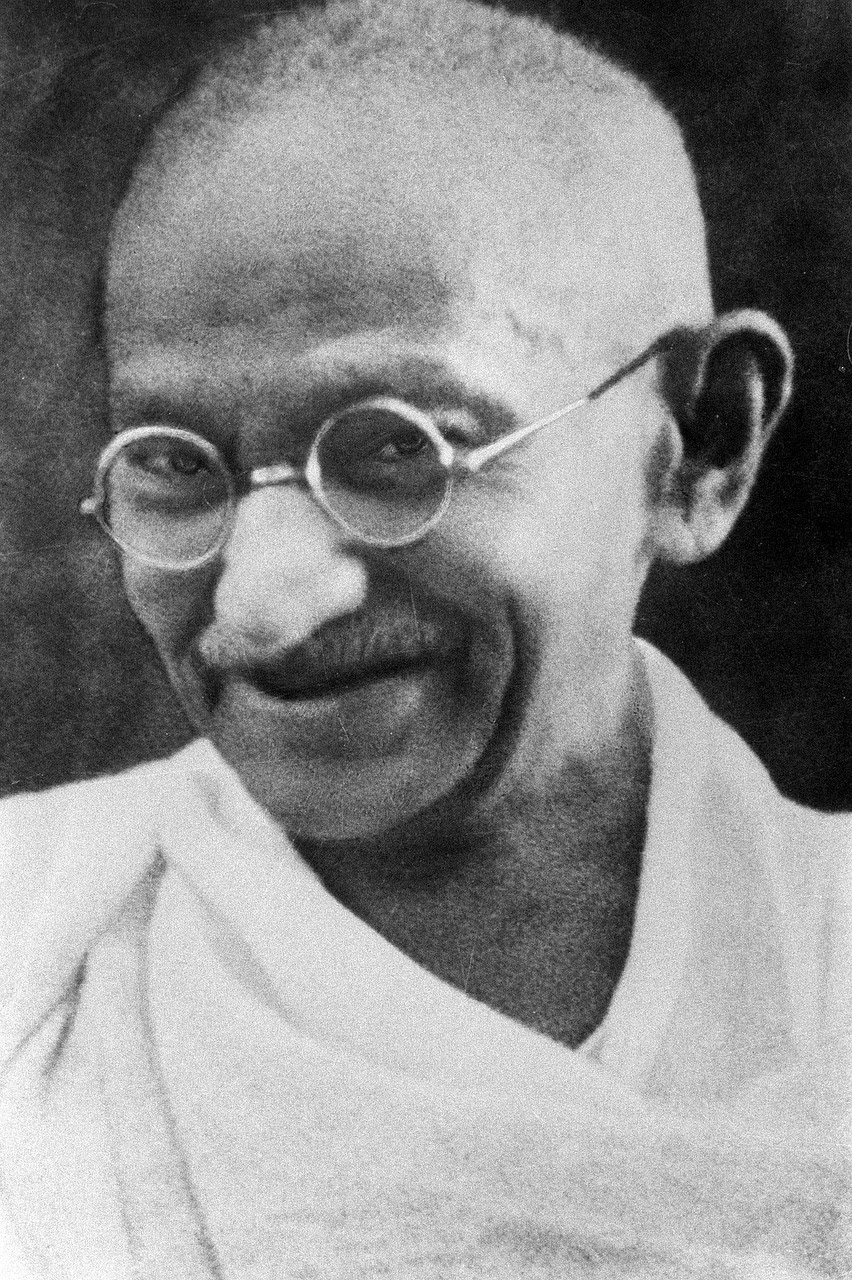
Source: aajtak
Gandhi’s political mentor, Gopal Krishna Gokhale, regarded Vivekananda as a monk awakened to India's soul. At that time, Gandhi lived in South Africa and hadn’t been back to India for long. However, there was a deep, invisible bond with Swami Vivekananda in his heart.
What Connected Them?
Both Swami Vivekananda and Mahatma Gandhi drew their power from spirituality, their quest for truth, and their ideals steeped in the spirit of human service. Practical Vedanta and the spirit of service united them. Swami Vivekananda was a staunch proponent of Vedic knowledge, advocating the principle of 'Daridra Narayana Seva', seeing God in serving the poor. To him, the essence of Vedanta was not merely theoretical but was applied by serving the poor and the distressed. Similarly, Mahatma Gandhi believed the path to God is through service to humanity, especially serving the poor and the oppressed. He considered his political and social work as a part of his spiritual practice.
Read More:
Gandhi himself writes in his autobiography -
"I had read a lot about Kali worship, sacrifice, and the Brahmo Samaj. Being in Kolkata, I was curious to learn about life here. I understood a lot about Pratap Chandra Majumdar, Keshab Chandra Sen, Debendranath Tagore, and Pandit Shivanath Shastri. I learned a lot about Bengali life, its music, and the work of many Brahmo organizations. But coming to Kolkata and leaving without meeting Swami Vivekananda seemed impossible. To benefit from his spiritual wisdom, one morning, I set out for Belur Math on foot."
"Such was the eagerness to meet a scholar like Vivekananda that I walked about two miles, nearly 3.2 kilometers, to the math. But upon arrival, I was disappointed as Swami Ji was not present there. A conversation with his disciples revealed that Swami Vivekananda was in Kolkata at his home, unwell and unable to meet. Health reasons made a meeting impossible."
Sadly, a few months later, in July 1902, Swami Ji passed away, and Gandhi Ji never got the chance to meet him. The longing for this meeting remained an unfulfilled desire in Gandhi's heart, but in later years on several occasions, he mentioned Vivekananda’s wisdom and thoughts. In 1921, when Gandhi Ji visited Belur Math for Vivekananda's birth anniversary, he spoke extensively about Swami Vivekananda’s thoughts. Gandhi said, 'I have studied Swami Vivekananda's work very deeply, and after reading him, my love for my country was increased a thousandfold.'
Also Read:
Although these two epitomes of Indian self-reliance never met face-to-face, they dedicated their lives to making Indians intellectually self-reliant. They introduced the spiritual strength of India to the Western world and taught Indians to feel pride in their civilization and culture. The era they belonged to symbolized a transformative period in Indian history, a significant turning point that laid the foundations for an independent India.
